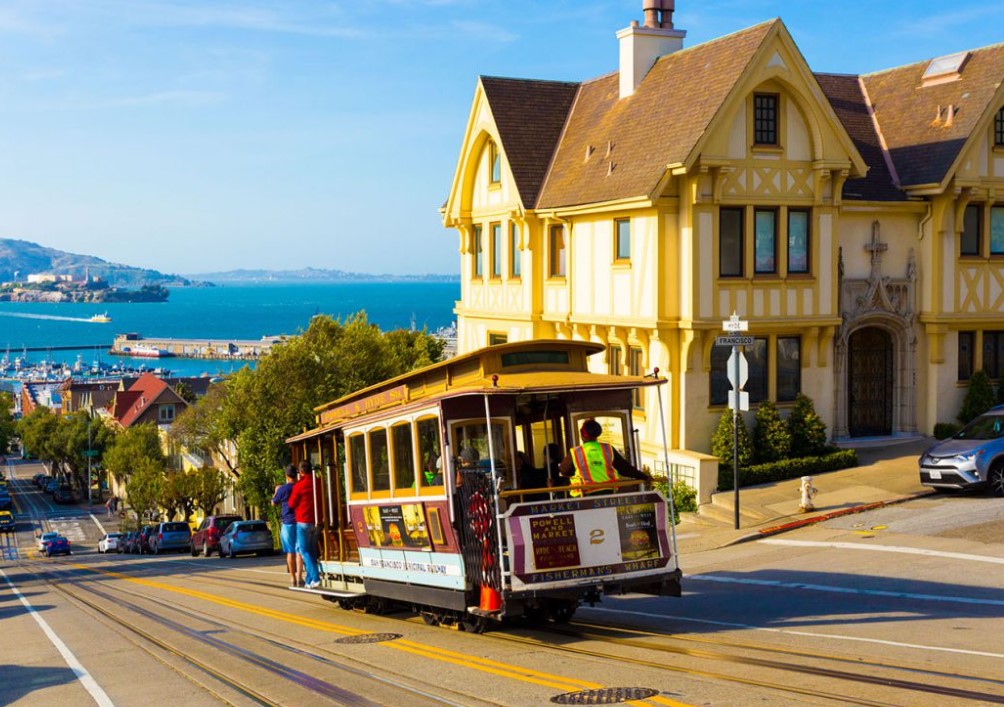How to Get a Living Wage San Francisco? Having a living wage San Francisco is a moral obligation, and a right that every person should have. We should all be striving for a fair pay for all our hard work. Unfortunately, many people are not living the lifestyle they deserve because they don’t receive a living wage. There are a lot of resources out there to help you find a job and make a decent income. Here are a few to start with:
How to Get a Living Wage San Francisco in 2023?
How to Get a Living Wage San Francisco? Having the highest minimum wage in the nation doesn’t necessarily make San Francisco a more affordable city. In fact, it’s been shown that renters on a minimum wage salary must work three full-time jobs just to afford an apartment in the Bay Area.
The City of San Francisco has adopted a Living Wage ordinance, which could reach thousands of city service contractors, airport workers, and homecare workers. It also has a Healthcare Accountability Ordinance that requires firms doing business with the city to provide health insurance.
Although the Board of Supervisors has yet to set the official Living Wage rate, it’s expected to align it with the October CPI-U. A living wage is an hourly rate that a person must earn to support themselves and their family.

There is also a minimum compensation law that provides workers with 12 paid days off per year. The law also mandates that nonprofit agencies and companies that do business with the city pay $9 an hour.
Cost of living wage San Francisco
Located in California’s Bay Area, San Francisco is an exciting, culturally rich city. It offers a lot of outdoor activities, a lively culture and a friendly neighborly vibe. However, living in the city can be costly. The city’s average rent is high, and housing prices are among the highest in the country. If you want to learn about living wage in Austin, you can click on it.
The average monthly cost of renting a standard one-bedroom apartment is $3,621 and the monthly cost of renting a two-bedroom unit is $3,554. The average monthly rent in San Francisco is 248% higher than the national average.
A three-course meal in San Francisco will cost you around $85, plus tax. The typical monthly grocery bill in San Francisco is slightly more expensive than the national average, but the Ferry Plaza Farmers Market is a cheaper option.
The living wage San Francisco is dominated by the real estate cost. The average price of a home in the city is $1,418,093, which is more than four times the national average. In addition, taxes play a big role in the upkeep of the city’s infrastructure.
Impact of prevailing wage laws on low-wage workers of color

Despite the widespread belief that minimum wage laws hurt employment, prevailing wage laws actually have a positive impact on low-wage workers of color. These laws ensure that government-funded workers receive compensation above the minimum standard for their occupation. In addition, these policies can reduce racial pay and health insurance gaps.
Studies have shown that service sector prevailing wage laws increase the earnings of workers of color while narrowing gaps in their health insurance coverage. These policies also increase competition for government contracts. In addition, they can reduce employee turnover rates and increase the productivity of service workers.
The McNamara-O’Hara Service Contract Act mandates prevailing wages for service workers on federal contracts. These laws are closely related to construction prevailing wage laws, which are intended to provide employees with living wages.
In the case of janitors, service sector prevailing wage laws can raise compensation and reduce the racial pay gap. In particular, janitors of color are more likely to have employer-provided health insurance.
How to Get a Living Wage San Francisco Conclusion
How to Get a Living Wage San Francisco FAQ
What salary do I need to live in San Francisco?
The cheapest place to live in the US is New York City. However, if you’re planning to work in the Bay Area, a high-earning job in the region is worth it for the lifestyle benefits and perks that come with it.
$300,000 in San Francisco is the Minimum Salary Needed to Live a Middle Class Life
Sam Dogen, who runs the popular financial blog Financial Samurai, recently crunched the numbers and found that a salary of at least $300,000 is required to maintain a middle-class lifestyle in San Francisco. He then compared that figure to other favored HCL cities such as New York, Seattle, and Denver.
What is the 1% salary in San Francisco?
If you’re considering a move to SF, you may be wondering what it will take to make ends meet. The Golden City is home to some of the country’s most high-profile and lucrative companies, but it also has one of the highest costs of living.
To find out what it takes to be among the top 1 percent of earners, SmartAsset looked at how much people need to make in order to be considered rich. According to the analysis, you’d need to make $785,946 per year in order to live in San Francisco and qualify for this elite income club.
It’s worth noting that the 1 percent income threshold varies by state. In fact, the threshold in California is the fifth highest.
There’s no denying that high-paying tech jobs have driven up the cost of living in San Francisco. That’s why it’s critical to have enough money in the bank for your basic expenses, including housing and healthcare.
Can you make a livable wage in California?
One of the biggest issues facing many families is that they are not earning enough money to cover all of their basic needs. As the cost of living increases, this becomes more difficult to manage.
Increasing the minimum wage will help workers earn a livable wage and can reduce income inequality. Next year, voters will be able to vote on two wage-related measures.
Raising the state minimum wage to $18 could lift more than 5 million workers, including workers of color and women, above the federal poverty level, according to UC Berkeley Labor Center research. This would be a 5% uptick in earnings, or roughly $1,349 more per year, the center calculates.





